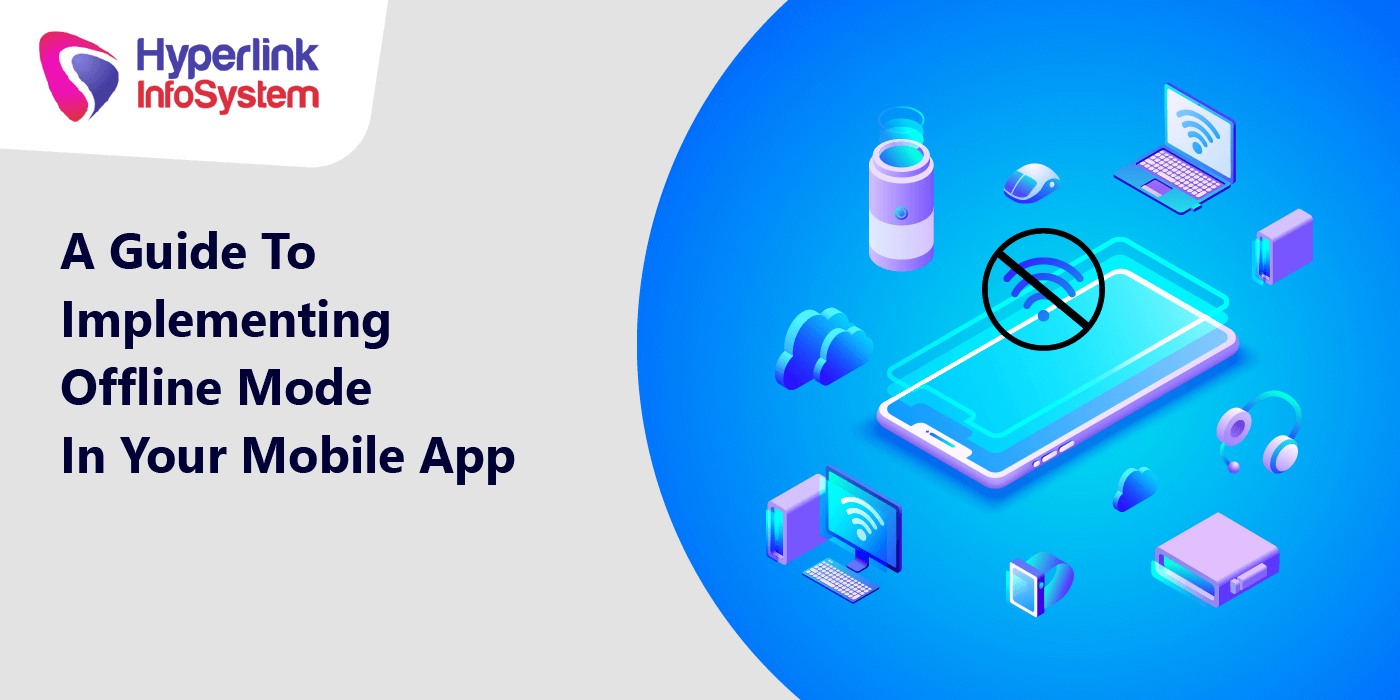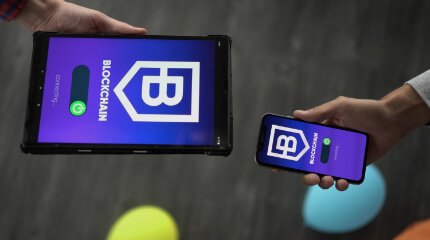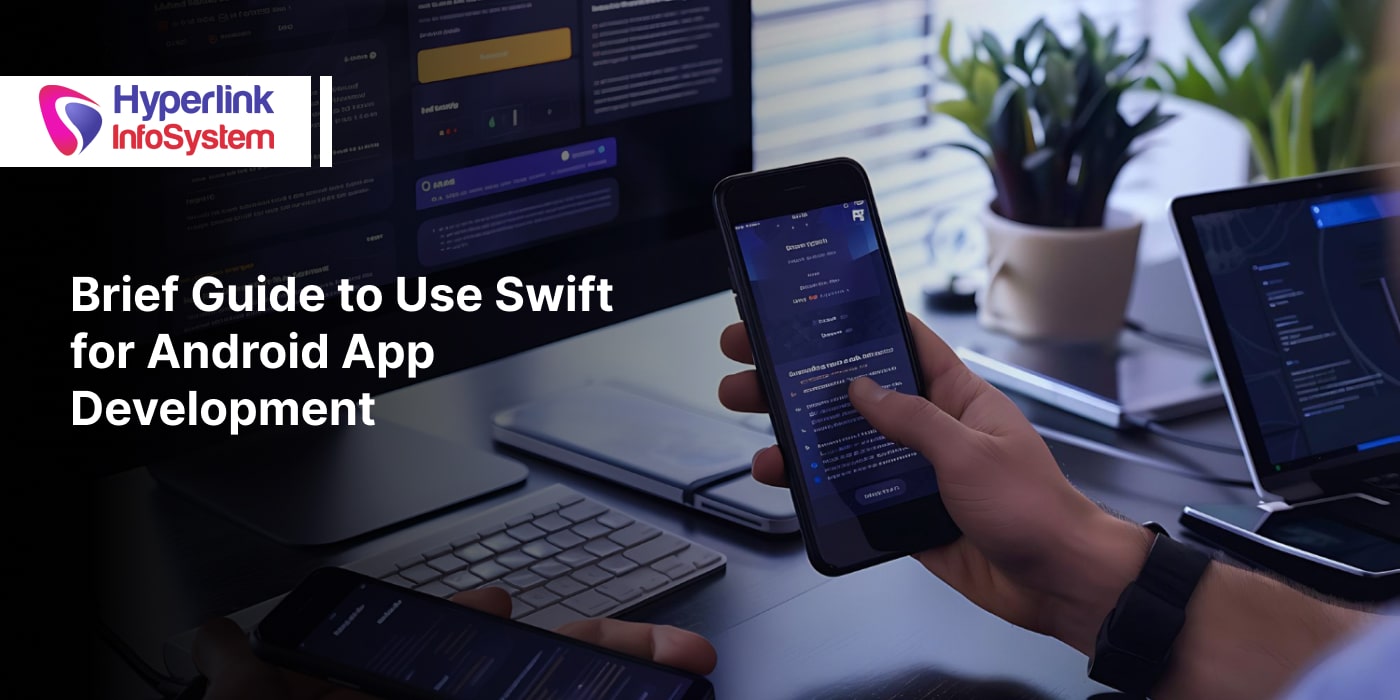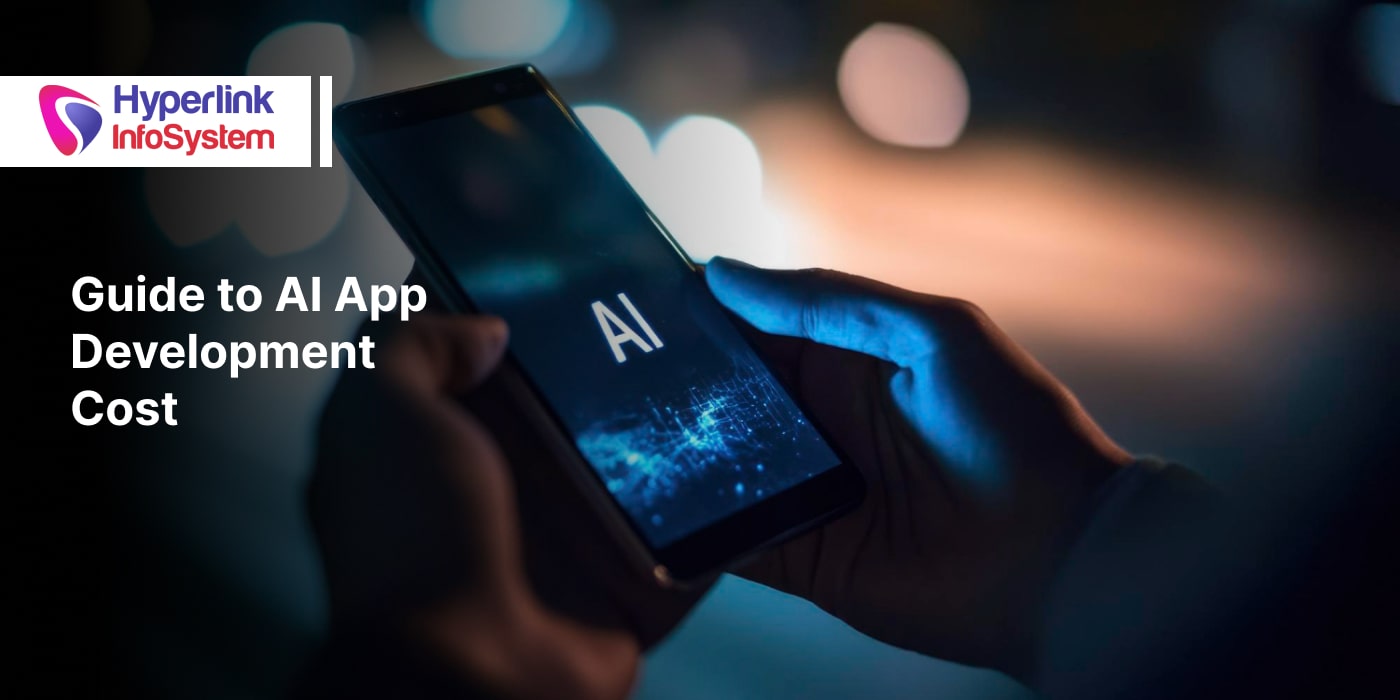Today, users want their app to work even if they are not connected to the internet. A poor internet connection delivers a poor user experience. Around 21% of users give up an app only after one use, as per Localytics. In-app messaging, offline mode, and push notifications, are a few strategies to retain users.
Such apps load faster.
They can use it without a web connection.
They rarely drain a mobile's battery.
Such apps continually work without delays.
Despite being appreciated by the users, the absence of offline features can make them find alternatives. A note-taking app, Notion, is condemned by the users for working offline mode. After hearing user reviews, Trello offered offline support for iOS & Android in 2017.
What are Offline Mobile Apps?
Some apps require a web connection. For instance, in Facebook Messenger, you need an internet connection to send and receive your friends' messages. But offline Mobile apps are such that work even without an internet connection.
Why Develop An Offline Mobile App?
There are several benefits to develop an offline mobile app. The main aim is to create a secure and reliable environment useful for people of any age & type, such as school and college people, office people, homemakers, kids, and adults.
Developing an offline mobile app or picking the offline capacity will allow people to receive a smooth mobile app experience when the internet connection is not working, slow, or low.
The top reasons to develop an offline app for your business are below:
Users will like your app and suggest it to others due to its fantastic features.
Users will have an incredible user experience despite network issues.
Even while traveling, you can use this app.
Users will count on the app, as there are no specific conditions with its immediate usage.
Effective medical services can be delivered in rural areas without a web connection.
Most often, the whole process of data storage on the server requires a strong connection. Thus, using an offline saving option, you can make modifications when needed.
Using an offline mobile app, you can manage all your business activities.
Advantages of Offline Mode Feature in your Mobile App
A lousy web connection can lead to bad user experience. Apps with improper UX are annoying, and several users might just uninstall them. Below are a few benefits of using a mobile app with an offline mode feature.
1. Get a competitive advantage
Each app has at least one competition in the market due to the app market being huge- like Whatsapp and Facebook Messenger, Uber, and Lyft. Users usually pick apps based on certain factors.
Some users choose for an appealing design while some for improved performance. But what if your nemesis launches an online app while yours is offline? You have a competitive edge over your competitor.
2. Poor connection will bug the users
Creating an offline mobile app can be a blessing for those users when they are in low network areas. Make sure to consider where your potential users will be in the middle of the day.
Think upon it: What if your users are staying in a place with limited data or wi-fi connection. In that case, creating an offline app can boost your user acquisition and retention rates.
3. Obtain more loyalty from users
Your users will become more loyal towards your app when they know that your app will support them even without an internet connection.
4. No Roaming expenses while traveling
Some apps need huge costs for accessing the massive data network when you are overseas. However, an offline mobile app saves you from incurring such expenses.
5. Quicker loading time
Offline mobile apps do not just help you save money but time as well. They render a faster loading time despite poor connection, and they offer structured access to all app features.
6. Save your phone's battery
This is the best advantage of an offline mobile app. It saves a lot of battery that usually gets used more when you travel, and your mobile dies when you reach somewhere. Using an offline mobile app avoids such a scenario.
Suggestions to Choose Technologies for Offline Mode
The tech your select will have an enormous impact on your app's offline mode performance. Consider the following before choosing technologies:
1. Cycle & Time of Data Synchronization
Data must be prioritized according to business needs. Some data must be updated once each year, while the rest need to be updated a few times a day. Smaller data packages require more frequent updates. Your mobile app may not need constant data synchronization. If it requires, you can sync data at a specific time.
2. Handling Sensitive Data
Private user data cannot be erased for security reasons. Installed data such as logos and blog posts are saved in a cache folder on the user device. Hence, it does not need to be installed each time the user uses that content.
3. Managing Modifications in Shared Data
In some instances, users are not online; modifications in data cannot be reached to others. Thus, many users may work on similar data without checking how others have altered it. If you cannot ignore such a scenario, focus on exception handling and deciding rules for how to tackle those exceptions.
4. Methods of Syncing
To pick the most appropriate technologies for your offline mode, you must ask yourself these questions.
If data transfer should be synchronous or asynchronous?
If data will be synced automatically or manually?
If the app actively asks the server for updates or the server will send the new information to the app on its own?
Final Words
Some apps can't be developed totally offline. Nonetheless, most of them can make a part of their data available without a web connection. Facilitating an app for working offline ensures a better user experience, more client loyalty, and a competitive edge.

























